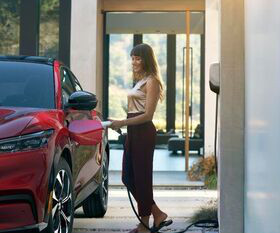CalSEED awards $4.2M to early-stage clean energy innovations
Green Car Congress
OCTOBER 15, 2020
The awardees went through a rigorous process including a review with CalSEED’s curated technical advisory committee, who volunteered their time and expertise to select the most promising future clean energy technologies. This novel technology would deliver safe, reliable, resilient, and cost-effective electric power in the grid.












Let's personalize your content